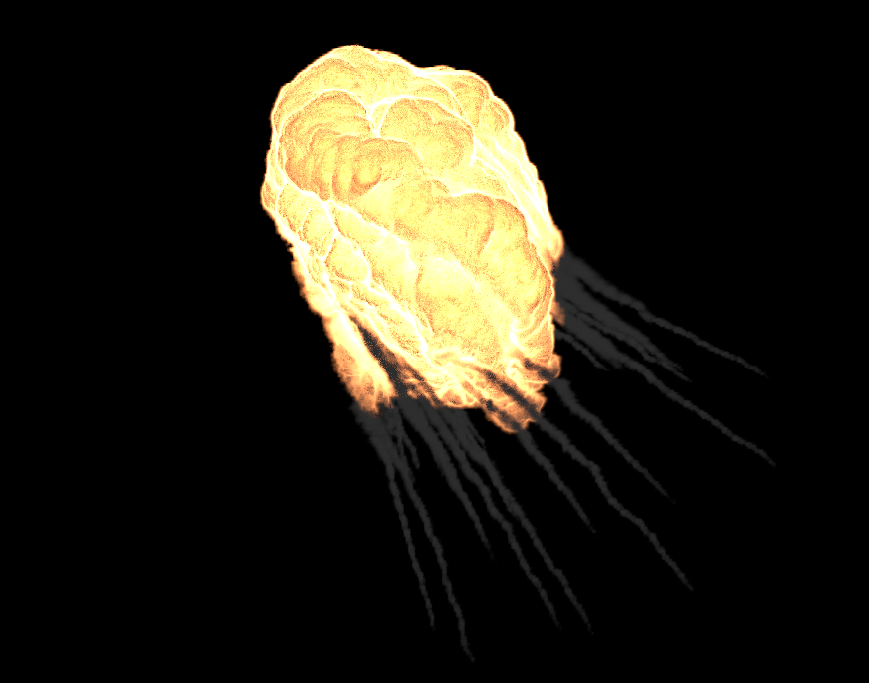it’s been quite a month with all the moving stuff, facebook marketplace scam, RFID copying…etc. But in the end its all good 🙂
RFID stuff first:
As a total newbie to RFID/NFC tech, I’ve discovered that the chip can have two different storage areas for data. I was working with an EM4305 chip that had both HID and Indala data. Initially, I ignored all the HID and Indala stuff and tried to manually copy the 14 data blocks (excluding the UUID) to another EM4305 chip. But, as it turns out, I didn’t need to go through all that effort. I just had to input the HID and Indala data into another chip (the EM4305 didn’t work for this, so I used a T5577), and it worked! 😐
I’ll probably dive deeper into it later, but for now, since it’s working, I’m not planning on spending too much more time on it.
Here’s some progress in Houdini:



I’ve been working on some flame and smoke simulations using PyroFX. The lecture I followed was a bit outdated, so I had to piece together some missing parts by searching around. It’s crazy how much of this stuff feels like you’re just going through the motions rather than actually understanding what’s happening under the hood. I want to really get into the nitty-gritty of DOPs, VOPs, and all those tiny parameters, but honestly, it’s just too much info to digest right now. Also, Houdini is running pretty laggy on my machine, which is a pain. If I’m going to keep going with this, I might need to upgrade my CPU.


I’ve also done some liquid simulations using Houdini’s Flip Fluid. Just like with PyroFX, it’s designed so you can get decent results with a few tweaks. But if I want to push things further and create more complex effects, it’s clear that I’ll need to study the underlying network of nodes. The lecture touched on this a bit by adding gas/liquid modifiers in the solvers, but that was pretty much it. Makes me wonder how much the actual industry pros really know about all these tools—probably way more than just the basics.


I’ve also dipped into some explosion simulations. Honestly, the experience is pretty similar to the other sims, but this is where my machine really starts to struggle. Houdini keeps freezing or outright crashing, which, after doing some research, seems to be a pretty common thing. Not exactly encouraging, but I guess it’s just something I’ll have to deal with for now.

On a brighter note, I tried out some cloth simulations. This wasn’t as tough since I’m already familiar with similar concepts from Unreal Engine’s Chaos Cloth Sim and Marvelous Designer’s cloth sim. Performance-wise, Marvelous Designer definitely felt smoother, but Houdini’s tool has way more possibilities. I’m sure it’ll come in handy later on.

So, I finished the lesson today, but I didn’t document everything because I was getting seriously frustrated with all the crashes. I’ll probably come back to it, but right now, it feels like I’m just at the start of a steep cliff. Once I dive into learning Python integration, automation, and expressions, I’ll probably be hanging onto the edge of that cliff, wondering what I’ve gotten myself into. Still, I think all this will pay off in the long run, especially when it comes to using Niagara and creating in-game particles.
Anyway, thanks for sticking with me through this rant. If you know of any good, up-to-date Houdini courses, I’d love to hear about them!

